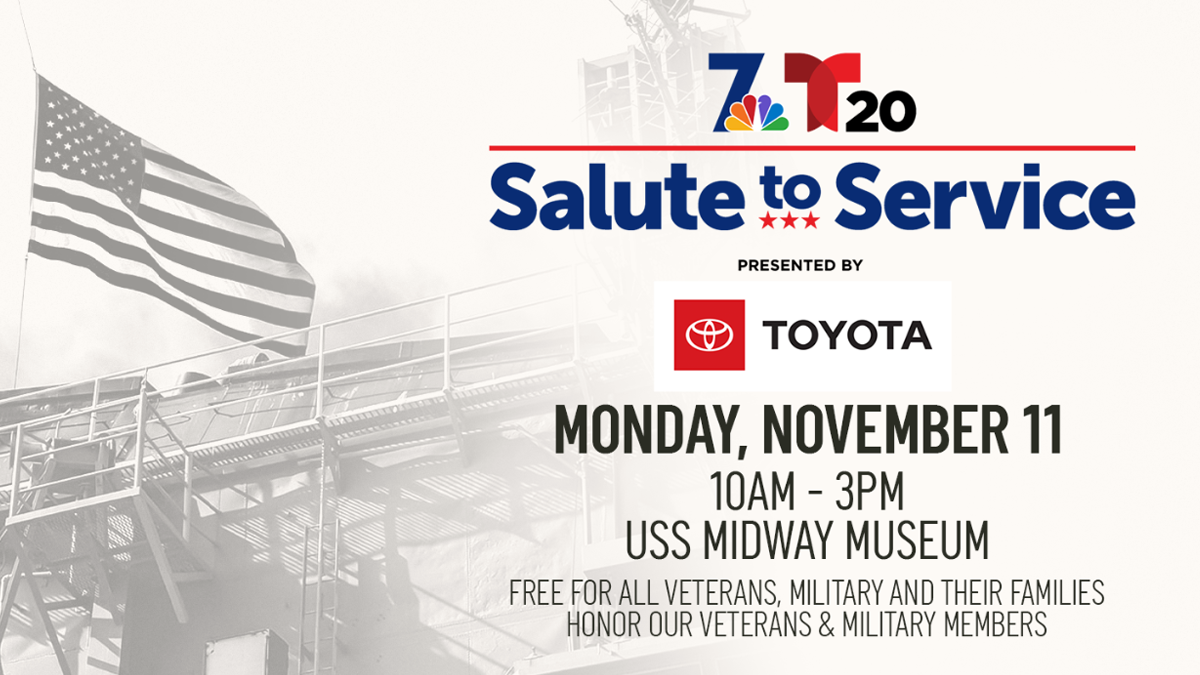For decades California’s prisoners have played a key role in fighting fires, but when thousands of inmates with less serious felony offenses were released early due to the pandemic, Cal Fire San Diego moved on a plan to offset the loss by hiring 80 firefighters specifically for the hand crews.
“We didn’t have another option with the inmate population declining,” Cal Fire spokesperson Capt. Frank LoCoco said. “We had to shift gears and think of a different option with the likely one being the hiring on seasonal firefighters to supplement those losses.”
According to the Department of Corrections, inmate fire camps are down to roughly 1,600 inmates as of May 2021. That’s less than half of the prisoners the camps housed in 2016. The department closed eight of its 43 camps due to a lack of inmates.
The closures, outlined in Gov. Gavin Newsom’s May budget proposal, are projected to save $7.4 million this fiscal year and $14.7 million per year moving forward.
Get top local stories in San Diego delivered to you every morning. Sign up for NBC San Diego's News Headlines newsletter.
LoCoco told NBC 7 California’s new state budget allotment helped the agency hire the new hand crew firefighters. It's one unit he says Cal Fire has staffed up in partnership with the California National Guard and California Conservation Corps ahead of what has already been an active wildfire season -- one that is only expected to grow worse.
Hand crews play a critical role in fighting fires, according to LoCoco. The crews, in some cases, hike miles to the site of a fire or are dropped onto a site by helicopters to cut dry brush with chainsaws and other tools in an effort to prevent the blaze from spreading.
The crews have helped battle most of the major fires that scorched a record-breaking 4 million acres in California last year.
Local
But LoCoco said that’s not all they can do.
“They also are experienced and trained for other aspects of being a firefighter which includes medical aid, traffic accidents, structure fires and the like,” he said.
Tyler Philbrook was hired to join one of Cal Fire's two firefighter hand crews in Fallbrook in April.
“We go when the fire starts and we leave when the fire is done,” he said. “We’re usually the last ones out of the fire, without us that fire has a risk of spreading so we have a really important job.”
Before they can fight the flames, they train at Fallbrook’s Rainbow Fire Center for several weeks. The seasonal job lasts about nine months.
“It takes a different kind of person to want to come out here and hike miles and miles before even getting to work, so I’d say if you like working hard and being part of a team and working together to accomplish a mission, it’s a great career,” Philbrook said.
LoCoco said Cal Fire and hundreds of the agency's new hires have been trained and are ready for this wildfire season.
“This year has been a very busy year in terms of hiring, training and getting all these young folks ready for work. So we're fully prepared. As you've seen over the last couple of weeks, we're going to continue to do everything we have available at fires to get them out and keep them as small as possible. But of course, we need the public's help,” he said.
He said he thinks the firefighter hand crew program will turn into a permanent solution.
“I think the firefighter hand crew program is here to stay and we're going to continue hiring seasonal firefighters,” he said. “Having the inmate fire hand crews is still a huge asset, but we don't know what the population is going to be in a year or two years. If it continues to decline, we'll continue to have to adapt and continue hiring firefighters to develop more crews.”



